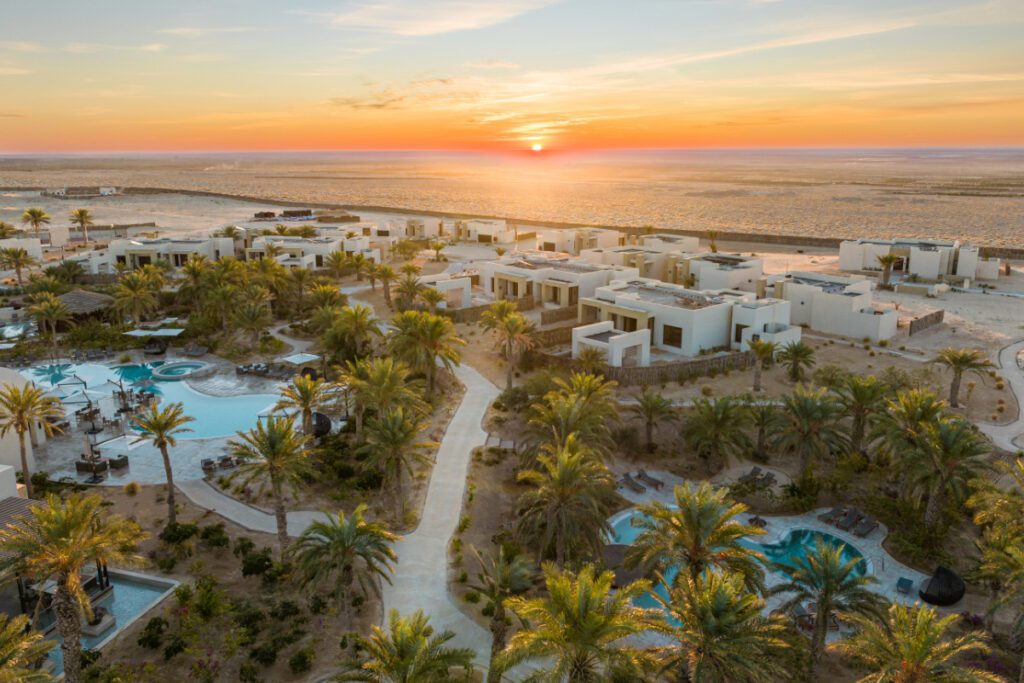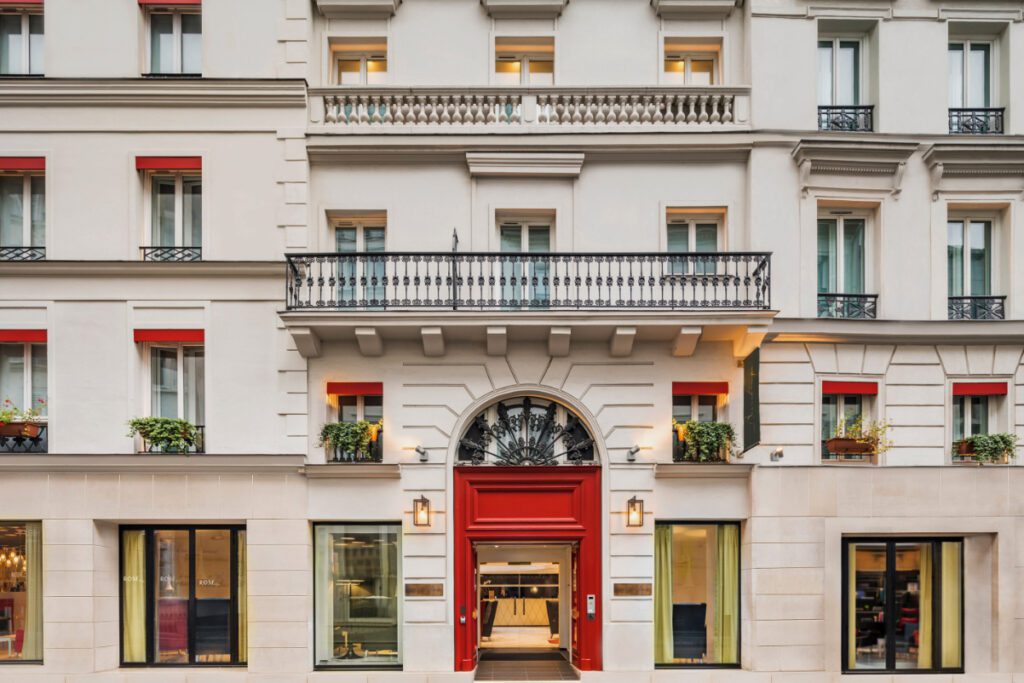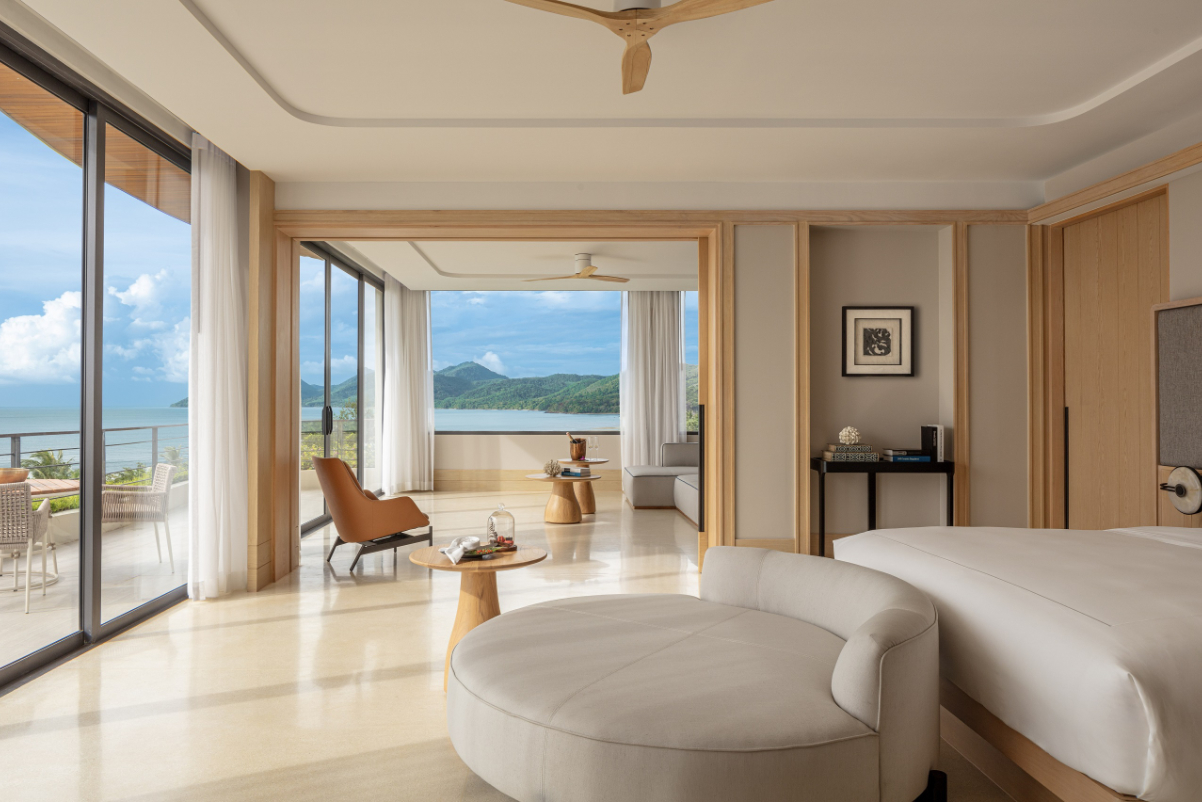Skift Take
Minor Hotels has an aggressive growth strategy to expand by 2025. Details about the company's strategy reveal a lot about bigger-picture trends in the hotel sector.

Early Check-In
Editor’s Note: Skift Senior Hospitality Editor Sean O’Neill brings readers exclusive reporting and insights into hotel deals and development, and how those trends are making an impact across the travel industry.
Minor Hotels, a Thai-based operator of luxury hotels, made a global splash in 2018 when it took majority control of NH Hotels, a Madrid-based chain of upscale hotels, in a deal valued at about $2.6 billion (€2.5 billion).
Since the pandemic, the combined group has grown — repositioning many brands and adding new ones.
To learn about Minor Hotels’ strategy, Skift spoke with Ian Di Tullio, global chief commercial officer.
Minor Hotels is profitable.
- The group is part of a conglomerate, Minor International Public Company Limited, and it generates a majority of its parent company’s revenue. About 30% of the parent company is owned by founder William Heinecke and his family.
- Minor runs about 540 hotels and resorts.
- In the third quarter, Minor Hotels reported 8% year-over-year growth in net profit growth to about $40 million (1.7 billion Thai baht). It didn’t disclose hotel revenue.
It plans to create or acquire soft brands.
- Minor Hotels and NH have eight hotel brands: Anantara, Avani, Tivoli, Oaks, Elewana Collection, NH, Nhow, and NH Collection.
- Most of these are “hard” brands, meaning they all conform to brand standards with uniform design and amenities.
- To grow faster, Minor wants to add “soft” brands, which let a property use the company’s marketing and back-end technology but otherwise retain its design and amenities. The soft brand model makes it easier for developers to convert properties to a brand.
- Minor is currently working on its first soft brand. “But if we were to find a brand in the space that already exists and makes sense to us from an acquisition perspective, we would have zero attachment to the brand we’re building organically,” Di Tullio said. “We’re uber-pragmatic.”
- It may have a dozen brands by 2025.

Minor has global ambitions.
- Its upscale (NH) and upper-upscale (NH Collection) brands are in Europe, while its luxury brands (Anantara) are mostly in Asia, and its midscale brands (Oaks) are mainly in Australia.
- “To grow, our number one imperative is to cross-develop our brands between Europe and Asia Pacific,” Di Tullio said.
- “We’re really focused on bringing our luxury footprint into Europe and the Middle East,” Di Tullio said. “Since Covid, we’ve brought nine Anantaras to Europe at breakneck speed. Similarly, we’ve since introduced a number of NHs to China and Asia.”
The company is shifting toward asset-light.
- Today, Minor owns or leases about 80% of its properties, making it asset-heavy.
- Under the asset-light model, hotel groups run properties through management or franchised contracts, leaving the ownership of buildings and land to others.
- Minor already does some hotel management work on behalf of third-party owners of properties. It works with partners like Blackstone and sovereign wealth funds and entities like the Abu Dhabi Fund Development to craft deals.
- By the end of 2025, Minor plans to add another 75 hotels. Of those, 11 hotels are expected to be either owned or leased, and the rest will be asset-light. Almost all of them will be outside of Thailand.

Minor has been repositioning many of its properties.
- The company did an audit of the quality of its properties and saw inconsistencies. It has been rebranding some of its properties either to reflect better what a property offers or to match better what guests expect.
- The company has been upgrading some properties after refurbishments. NHs in Madrid, Venice, and at Cancún Airport in Mexico have been rebranded upward into Avanis, for example.
- “For the Palazzo Naiadi in Rome, we looked at the full P&L [profit-and-loss] and realized that, if we invested X million more euros, we could bring it up into the luxury space and enhance our ADR [average daily rate],” Di Tullio said. The property had been part of the Boscolo Hotel Group but is now an Anantara.
- In other cases, properties have been allowed to shift down. “Maybe the market demographics have changed because the traffic flows have changed,” Di Tullio said.
- Many Minor hotels, particularly in Southeast Asia, have been converting rooms to suites because well-off travelers increasingly want more space.
Minor lacks a self-run loyalty program.
- Minor is a part-owner of Global Hotel Alliance, a loyalty and distribution platform for 50 brands run by smaller hotel companies, such as Kempinski and Doyle Collection.
- Since last year, Anantara and NH are both part of Global Hotel Alliance’s loyalty program, called Discovery. Travelers who are members can earn and spend points at any property in the alliance’s portfolio.
- “I’ve previously managed loyalty at Air Canada and Accor, and I understand the benefits of owning your currency,” Di Tullio said. “But I also understand the benefits of having a currency outside of your ecosystem. It allows you to focus on your core business development.”
- Today, there isn’t a website or app for travelers to compare and book across all of Minor’s eight brands. Di Tullio expects the company to debut a group-wide platform next year.
Minor wants to get better at hotel distribution.
- More and more hotel owners and operators are refining their distribution strategies — figuring out which customers will be the most profitable to pursue after accounting for all costs, such as online travel agency commissions.
- “I’m obsessed with this topic,” Di Tullio said. “We have a really strong objective of developing a more efficient, effective, and impactful distribution strategy. We believe a balanced distribution strategy you fully own is key so that we’re not tied to a runaway horse.”
- The company focuses on “total revenue per available room” because of the importance of food, beverage, and spa upsells to overall profitability. Minor is one of many hotel companies that are moving beyond classic revenue per available room as a metric.
- “It’s a combination of a focus on net ADR [average daily rate] in peak demand seasons and net total RevPAR [revenue per available room] in low seasons,” Di Tullio said. “We have an optimization strategy around which distribution channels we have open, closed, or actively managed at any time, according to the contribution of each, and that goes all the way from wholesale and group to luxury retail.”
- Hoteliers often find it tricky to stay profitable in the upscale and luxury segments because providing some kinds of services to guests can boost top-line revenue but reduce profit margins.
- “Everyone at Minor, whether you’re in brand, PR, revenue management, digital, etc., is embedded into the profitability of a hotel,” Di Tullio said. “Every single team member has a sense of how their function contributes not only to the top-line but also to the bottom line.”
UPDATE: The article’s original phrasing that “Minor Hotels doesn’t have a loyalty program” as a lead-in to describing the GHA arrangement has been revised to be clearer that it doesn’t have a self-run loyalty program.
What do you think? Tell me. I’m at [email protected] and on LinkedIn.
Have a confidential tip for Skift? Get in touch
Tags: anantara, asia pacific, Early Check-In, future of lodging, hotel development, luxury, luxury hotels, minor hotels, nh hotel group, nh hotels, Skift Pro Columns, spain, thailand
Photo credit: A penthouse at Anantara Koh Yao Yai Resort & Villas in Koh Yao Yai, island in the middle of Thailand’s Phang Nga Bay. Source: Minor Hotels.
